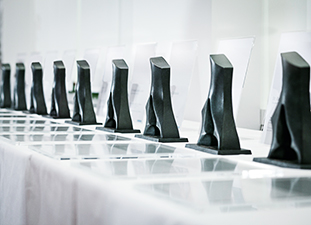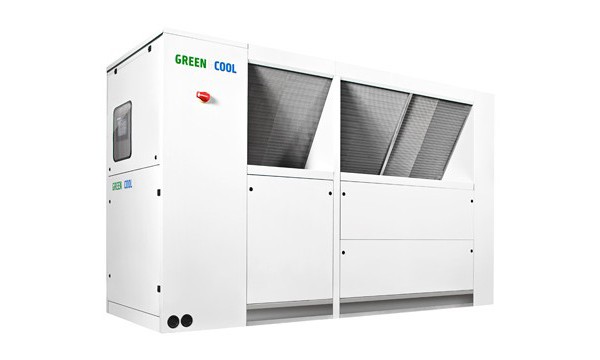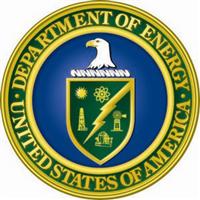Daikin group publish new sustainable society strategy
JAPAN – Daikin Industries have this week published the Japanese edition of their “Sustainability Report 2016,” a summary and guide which outlines the commitment and activities of the Daikin Group in their drive to help contribute to a sustainable society.
The group recognised that in recent years, there was a much greater sense of awareness among large companies and groups about the importance of corporate social responsibility (CSR) and the role companies have to play in the development of a sustainable society through business that fully considers the environment and needs of society. The Daikin Group had previously stated their commitment to resolving, via the group’s strategic management plan Fusion 20 announced in June 2016, the issues affecting customers and society as the group continues to strive for further growth while also actively seeking to make a positive contribution to society.
Daikin took the decision to revamp their CSR Report of the past in favour of this year’s Sustainability Report in the hope of more readily conveying to the group’s stakeholders the commitment and activities unique to Daikin which can be deemed to contribute towards a sustainable society. The group also availed of the occasion to present the results of their Environmental Action Plan 2015 which spanned the five years leading up to 2015 as well as the group’s declared targets for reduction of greenhouse gas emissions by the year 2020.
Daikin have also pledged to publish more detailed information of this report on their website in September.
As the sole manufacturer to develop both air conditioners and refrigerants, Daikin has sought to promote the use of low GWP refrigerants and energy-saving technology as part of the group’s contribution to the mitigation of climate change. One clear example of this strategy is that Daikin has declared HFC-32 to currently be the optimal refrigerant for residential- and commercial-use air conditioners, and is globally promoting its widespread use, following environmental, economic and safety feasibility studies. In an ongoing collaboration with the Japanese government and international organizations, the company is encouraging the use of HFC-32 via various initiatives, such as expanding technical assistance in Thailand and Malaysia to help clients convert to HFC-32. The group also revealed that, as of the end of the fiscal year in 2015, 6.5 million air conditioners using HFC-32 had been sold in 48 different countries.
Another strand to the group’s strategy saw Daikin establish their “Technology and Innovation Center (TIC),” a technology development base in November 2015. The group stated that the purpose of this technology centre was to help promote “collaborative innovation” with companies, universities, and research organizations of different industries and fields, in addition to carrying out research on the group’s own core technologies in the fields of air conditioning and chemicals. Daikin hope that the TIC will help to create ‘value for new lifestyles by broadening the target of research themes from residential spaces to communities, cities, and large infrastructures and moving forward with research based on the relationship of air environments and the human body in physiology and psychology’. One of the examples cited by the group as reflecting this aim was the work the group has undertaken to deliver “IAQ/Air Environment Engineering” and link it to the resolution of various social issues such as the aging of society, which the group believes to be an increasingly serious and important issue.
As previously mentioned, the Daikin group simultaneously published their report on the results of their previous plan, the “Environmental Action Plan 2015”, which concluded at the end of the 2015 fiscal year. This report disclosed that the group had made a significant contribution to the reduction of CO2 emissions in their recently concluded five-year environmental action plan spanning the years from 2011 to 2015.
These contributions were reflected by the fact that the group reduced their CO2 emissions in emerging countries by 34.8 million tons compared to their target figure of 30 million tons. Daikin revealed that this reduction was brought about by widespread use of air conditioners using HFC-32, a low GWP refrigerant, in addition to increased use of inverter air conditioners.
The group had also targeted reducing their greenhouse gas emissions during the production process by 67% in comparison with the recorded emission levels in 2005, with the report stating that these emissions had in fact been reduced by 70%.
One of Daikin’s key targets in the new sustainability report is to work towards reducing the number of greenhouse gases worldwide by 60 million tons for 2020.















